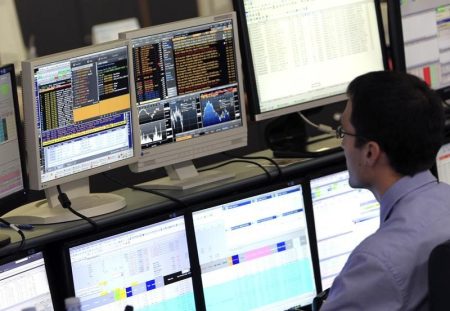© Reuters.
Shipping giants CMA CGM and Maersk are set to significantly enhance their joint Far East-West Africa shipping route, known as FW1/WAX, beginning December 5. This strategic move aims to double the route’s capacity by deploying larger vessels and adding key ports such as Lekki in Nigeria and Pointe Noire in the Republic of Congo to their network. The upgrade also establishes a direct connection to Abidjan, Côte d’Ivoire, among other important port calls including Gwangyang, South Korea.
The announcement comes amid a robust 20% growth in Asia-Africa trade, which stands out against a global dip in container traffic. Linerlytica analyst Tan Hua Joo cautions that this increase in capacity might lead to rate pressures due to potential excess capacity across various regions.
In addition to the FW1/WAX enhancements, CMA CGM revealed plans for an extensive revamp of its Asia-Africa routes starting in December. The WAX service will introduce thirteen enhanced fleet vessels with capacities of up to 14,000 Twenty-Foot Equivalent Units (TEUs), targeting West Africa over a three-month cycle with initial stops in Qingdao, China, and Gwangyang before heading to Nigerian ports like Lekki and extending to Pointe Noire in Congo.
Simultaneously, under the WAX 3 banner, ten container vessels capable of carrying up to 4,500 TEUs each are set for journeys lasting over two months. These ships will connect Singapore directly to West African destinations such as Lome in Togo and Apapa in Nigeria.
The Asaf route is also part of the overhaul, featuring twelve large-capacity ships (8,500 TEUs) on a voyage spanning about three months from Qingdao through Southeast Asian ports down to Cameroon’s Kribi and reaching Namibia’s coast.
Completing the reshuffle is the Shaka line with nine high-capacity ships (9,300 TEUs) scheduled for a faster two-month trip from Shanghai through Port Louis in Mauritius straight towards Durban, South Africa’s bustling port city.
On December 24, further upgrades are planned for the FW2/WAX3 line with ships up to 7,000 TEU. This comprehensive reconfiguration of services underscores the shipping industry’s response to shifting trade patterns and market demands between Asia and Africa.
This article was generated with the support of AI and reviewed by an editor. For more information see our T&C.
Read the full article here
















